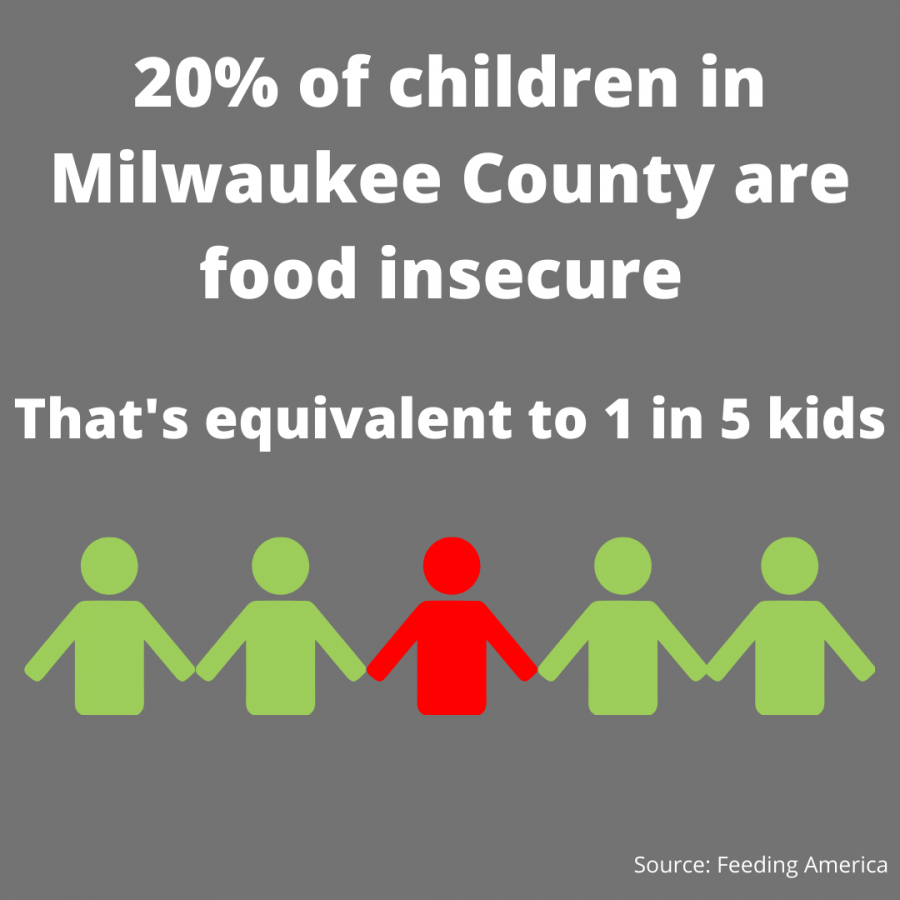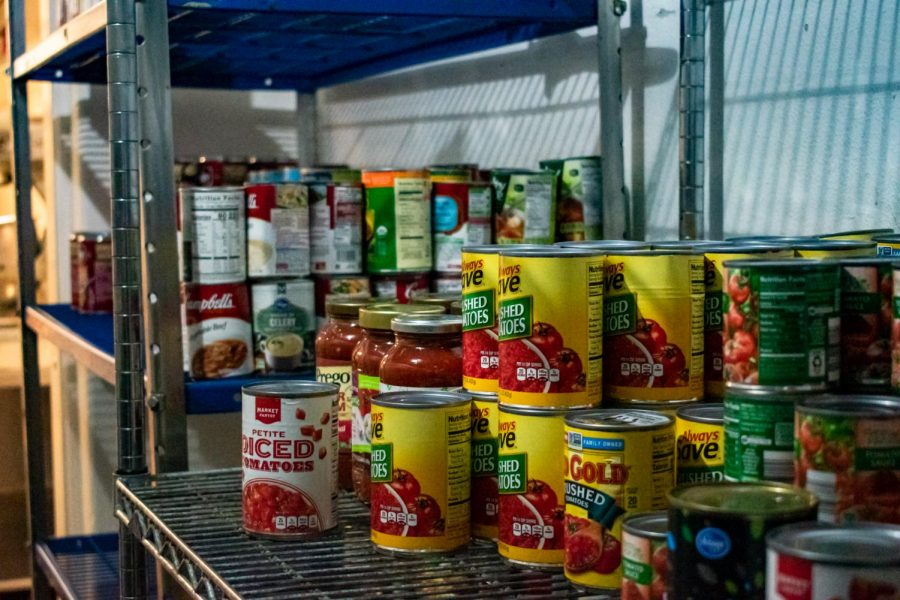Atlanta, Georgia recently developed the nation’s largest food forest, which is an area of forest that mimics nature in order to provide sustainable food sources, ultimately addressing it as a necessity in the surrounding Atlanta area: access to affordable fresh, healthy foods. This further contributes to the city of Atlanta’s mission to bring healthy food to 85% of the city’s residents by 2022.
This development is not only extremely necessary in addressing food deserts that plague Atlanta’s citizens, but it can also be used as an example for Milwaukee, as well as other major cities in the United States, to address food insecurity.
This mission, though a daunting one, is crucial for the well-being of lower income residents of Atlanta, as well as communities who do not have any access to affordable food. It is a move and mission that is morally right and economically possible, as the forests mimic nature and provide food sources that are low maintenance.
With funding from the U.S. Forest Service, as well as a partnership with the Conservation Fund, an organization dedicated to achieving positive environmental and economic outcomes, the food forest was developed. The plot of city land was formed into 7.1 acres of pesticide-free edible and medicinal plants in the Browns Mill neighborhood of Atlanta, and the mission of bringing food to the community became more realistic.
The free food forest is a rare resource in Atlanta, as it is not abnormal for Georgians to face food insecurity and about a quarter of Atlanta’s 500,000 citizen’s live in food deserts. In addition, it is important to recognize that just about one-third of the Browns Mill neighborhood, a suburb of Atlanta, lives below the poverty line.
Atlanta is taking positive steps forward in providing solutions to decreasing the number of food insecure Atlantans. The free food forest ultimately offers Atlanta communities with a sustainable, affordable source of healthy foods and also positively impacts the mental and physical health of its citizens.
It is also maintained by volunteers of the surrounding communities, ultimately creating a deeper sense of community involvement, as they are contributing directly to their community. While contributing positively to solving food disparities and inequalities, the city is also offering its communities an opportunity to work together for the common good.
Other urban areas across the U.S. must follow Atlanta’s lead and develop urban agriculture to give those who live in cities access to affordable and healthy food options.
No community or person, regardless of income level, should ever have to worry about having access to affordable and healthy food.
According to Feeding America, an organization working to combat food insecurity through agencies like food pantries, the projected annual food insecurity rate in the United States was 15.6% for the overall population for 2020.
However, Milwaukee County’s rate is higher than the national average, with 16.5% of residents experiencing food insecurity, according to Feeding America. Twenty percent of children in Milwaukee County also experience food insecurity. Additionally, nearly 9% of Milwaukee’s population live in food deserts.
These communities are already at risk due to historical segregation that still prevails today, and, due to the lack of fresh, healthy foods, these low income communities have higher risks of suffering from diabetes, heart disease and other diet-related illnesses.
In order to address the environmental racism that impacts access to food in Milwaukee, the city must push for more equitable projects, such as developing a free food forest.
Milwaukee has a responsibility to prompt the resurgence of growing and cultivating food in the urban landscape in order to assist these communities that have been disregarded throughout Milwaukee’s history. Access to these sorts of fresh foods is the bare minimum and is just a start for Milwaukee.
Instead of continuing to build and expand on typical city infrastructure, such as land for residential and commercial real estate, Milwaukee should reconsider and plan to open a free food forest of its own. This food forest would ideally be located in Milwaukee’s Northside. In addition, supplying food pantries with fresh produce, as well as homeless shelters and soup kitchens, is essential in order to reach lower-income individuals and communities.
Plots of land can be repurposed and formed into small, urban gardens, ones that are run entirely by Milwaukee citizens and volunteers. Using Atlanta as an example, it is evident that this can be done in an environmentally and economically sustainable way. Let’s do it.
This story was written by Max Pickart. He can be reached at max.pickart@marquette.edu







